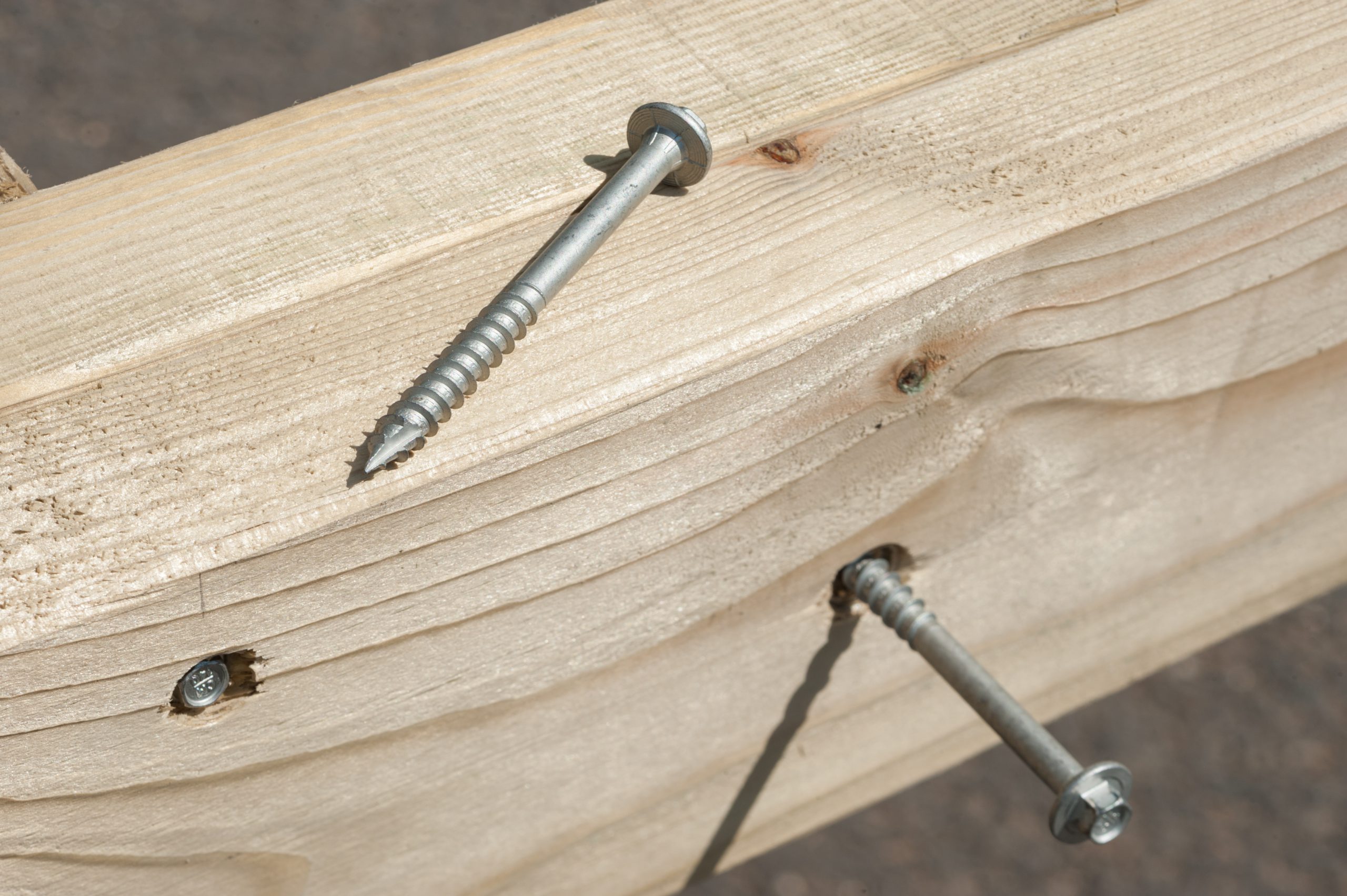
THE DIFFERENT TYPES OF TIMBER SCREWS
Types of Timber Screws
Timber screws are arguably the most common type of screw for fastening pieces of wood together, with a clamping force that is renowned for strengthening joints. The main use of wood fasteners (as they are also known) is for screwing wood together, but they are also used for working with other materials such as locks and hinges.
Timber screws have certain characteristics which make them ideal for woodworking, which is in contrast to other screw-types out there. These characteristics include an aggressive thread designed to grip the wood and hold it in place, as well as various differences in head type, length and gauge.
The gauge is a measure of the diameter of the thread on a wood screw, so thicker screws would have a larger gauge. Wood fasteners are rated from 6 to 12 in terms of gauge, or just over an eighth of an inch to just under a quarter of an inch. For larger gauges, the US measures in imperial, starting at a quarter of an inch.
Types of Wood Fasteners:
A wood screw will also have a measurement for length, which is the most noticeable difference when looking for the correct type. The length of a screw will be dependant on the gauge, and both will determine the size of screw. Timber screws will often measure between half an inch and 3 inches in length.
Like all screws, wood fasteners will also have a head type designed to match a specific type of screwdriver, the most common being slotted and crosshead. Crosshead types further subdivide into Philips and Pozidrive.
While these types of head have been the standard for many years, there are other types that have grown in popularity in recent times such as the square-head Philips, which offers greater resistance to stripping while using powered drills.
As well as head types, the shape of the head and underside also vary for each kind of screw. Timber screws that have a round head with a flat underside are ideal for securing thin materials to wooden objects and sitting on the surface.
Screws with a flat head sit flush with the material and are useful for applications such as securing hinges. The tapered underside of flathead screws can also be referred to as counter-sunk. A combination of the two types of head is an oval head screw.
The material wood screws are made from is often hardened steel, but stainless steel and brass are also commonly used. To prevent corrosion, a resistant coating can be used if it doesn’t stain the wooden workpiece.
Timber screws are often used to connect two hardwood pieces together, but pre-drilling needs to be done first to prevent cracks. Additionally, the screws used need to be a good length to create a robust connection.
Lastly, when screwing into a piece of wood, use a drive tool or drill bit that matches the head to prevent stripping and marring of the wood.

Further related reading:

